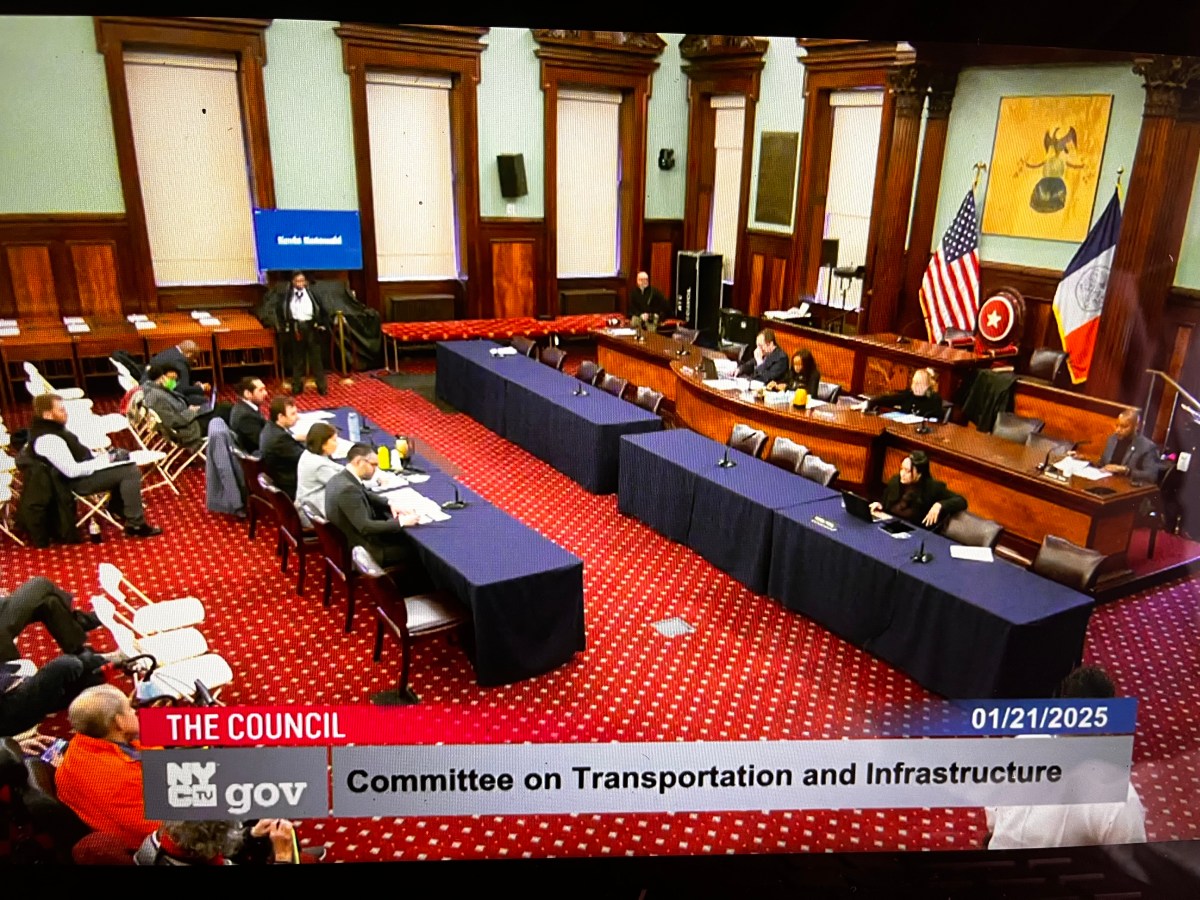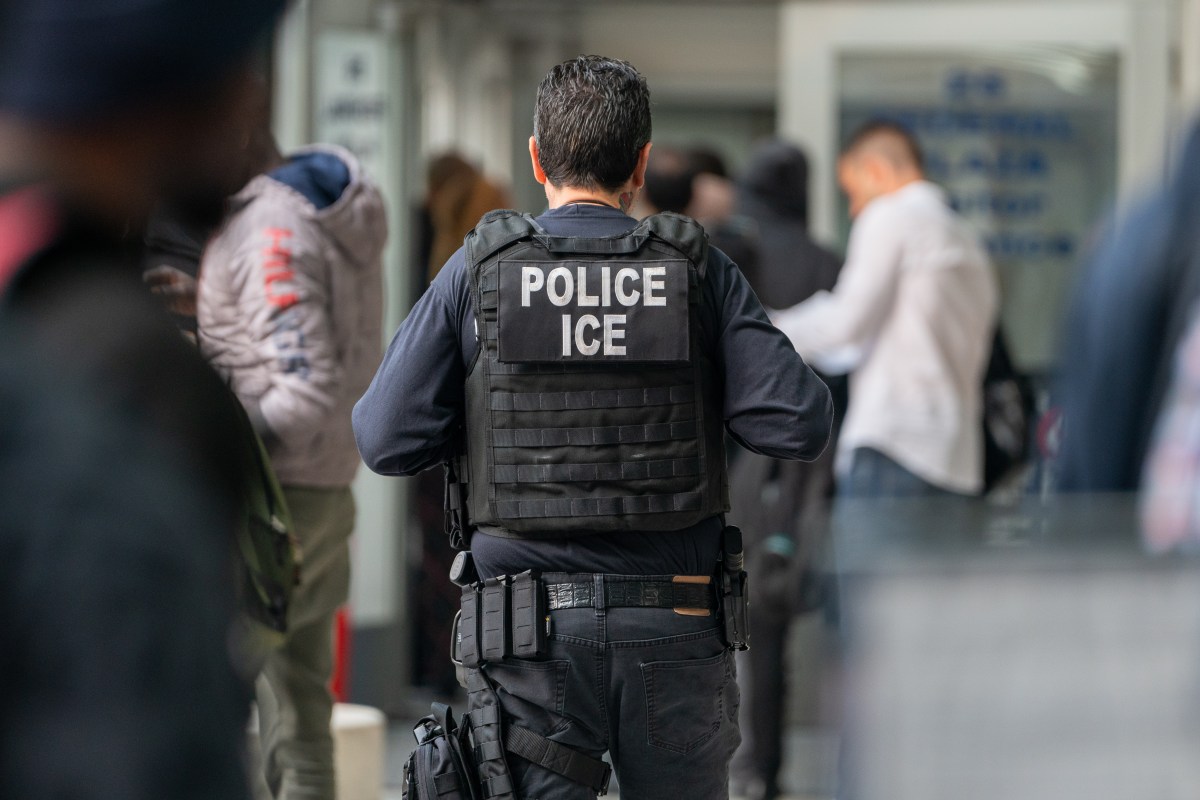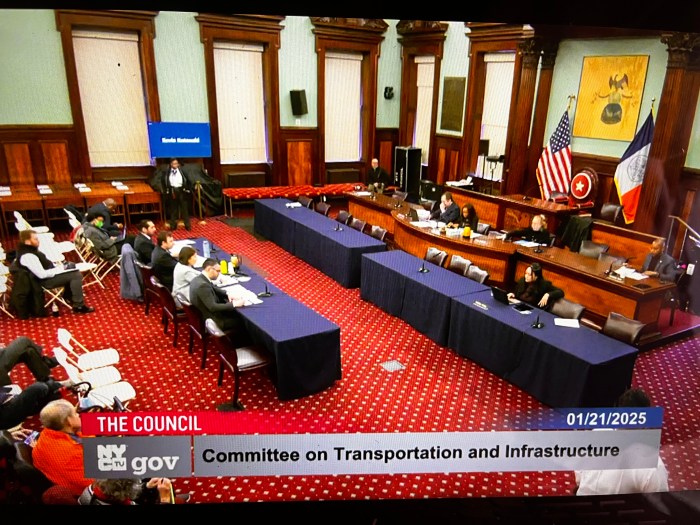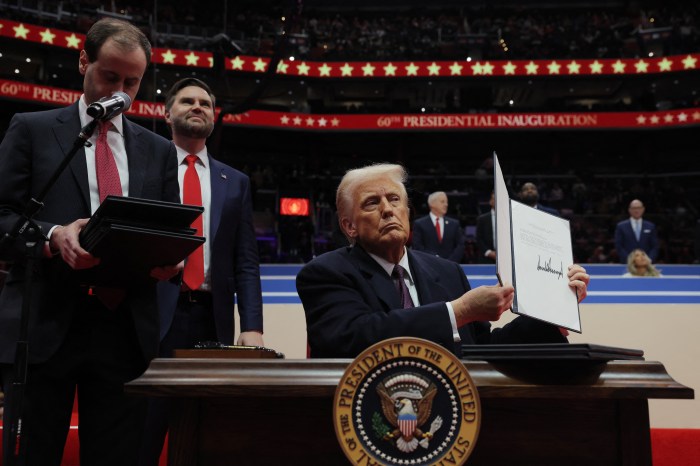Maybe it’s helpful to remember the smog.
They didn’t even recognize it yet in Los Angeles in the summer of 1943. Whatever the cause, visibility was only three blocks and people’s eyes and lungs burned.
“The phenomenon was termed a ‘gas attack’ and blamed on a nearby butadiene plant,” according to a history from the California Air Resources Board.
But it wasn’t the plant. Eventually, scientists knew enough to blame a whole bunch of ingredients in automobile exhaust. So California began regulating emissions standards.
This is the beginning of a story that took a sharp turn last week, when President Donald Trump tweeted about taking away the state’s waiver which had allowed it to set stricter rates against harmful emissions.
It’s a particularly disturbing turn because the transportation sector accounted for the largest portion of American greenhouse gas emissions in 2017.
“It’s bad news for all Americans,” says Luke Tonachel, director of the clean vehicles and fuels group at the nonprofit Natural Resources Defense Council.
California quickly sued the federal government about the standards last week, along with other states who have chosen to follow California’s high standards as well. New York was one of them.
This week, New York is at the center of the international climate change debate. There was the spectacle of world leaders and business titans making climate pledges as part of a Climate Action Summit ahead of the UN General Assembly on Monday.
Presidents and prime ministers from Jamaica to Djibouti shuffled onto the Manhattan stage for a few minutes of talk each about the importance of collective action and the threat to their countries of floods, droughts, and other natural disasters. The point was for the leaders to make commitments and present concrete, realistic plans that would add to or accelerate the Paris Agreement. Some nations like India and Germany made modest announcements about renewable energy and clean power, but there were glaring exceptions, including the United States. President Donald Trump showed up only briefly to quietly take in a moment of the climate gathering.
So much for the urgency. Over the weekend, the UN’s World Meteorological Organization released a report that found all sorts of terrifying upward trends for the five-year period 2015-2019. Going up: carbon dioxide emissions, atmospheric concentration of major greenhouse gases, the acidity of oceans, global temperatures, sea levels, heat trapped in oceans, food insecurity in many areas. Going down, potentially: growth in developing countries.
That’s the kind of fearful future that has brought 16-year-old Swedish activist Greta Thunberg to prominence and New York, speaking at the UN. It’s what encouraged tens of thousands of students into downtown streets on Friday, with more protests to come about the burning of the Amazon and other climate issues that are becoming clearer and need addressing.
Smog all over again.
Correction: The name of the Natural Resources Defense Council was incorrectly stated in an earlier version of this piece.


































